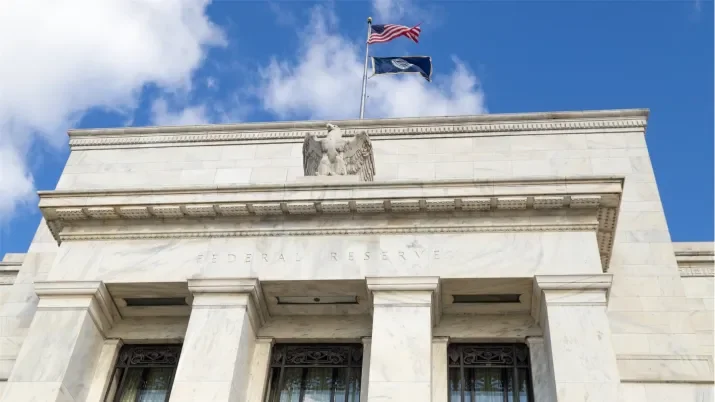An early sneak peek at the key metrics for UK banks in the fourth quarter
UK banks will start reporting fourth-quarter 2023 earnings only in about a month or so, which feels like an eternity for eager bank analysts. Fortunately, the Bank of England published two interesting reports last week that offer a useful and insightful preview into last quarter’s key lending, asset quality and funding trends.
The quarterly credit conditions survey (CCS) contains useful information about the trends in the supply of and demand for credit in the economy. Lenders are asked to report changes in the availability of mortgages, consumer loans and corporate loans, as well as changes in demand for these products. They are also queried about default trends and pricing in these categories. The maybe less widely followed quarterly bank liabilities survey (BLS) contains information about changes in the price, quantity and composition of lenders’ liabilities and capital. Both surveys show responses for changes in the quarter to November compared to the quarter to August.
Starting with the CCS, there were some minor changes reported to the supply of credit. Lenders stated the availability of consumer credit to be unchanged in the quarter to November and, maybe surprisingly, that they expect this to rise slightly in Q1 2024. There was also an increase in the availability of credit to small businesses. Regarding demand, most lending categories were reported to have been weaker than the previous quarter although this was expected to reverse in Q1 2024. Perhaps the one that raised more eyebrows was the defaults data. Defaults increased in mortgages and consumer loans and lenders’ expectations were for these to increase again in Q1. Corporate loans defaults were expected to increase for small businesses next quarter as well.
Although rising defaults are of course not a good trend, we are not overly worried or surprised to see these developments. Defaults have been very low for a relatively long period of time on banks’ balance sheets and the question they get asked at the CCS is whether defaults have increased during the quarter. This does not say much about what the non-performing loan ratio is or about the provisioning banks have already put in place for these loans. If these trends were keeping banks’ CEOs awake at night, we would see them reporting diminishing credit availability. This is not consistent with the annex to the survey where it can be seen that a net 5.8% of lenders reported higher availability of mortgages with LTVs in excess of 75%. Another quite telling example in the annex is that when asked “Have you become more willing to lend to borrowers with housing equity less than 10% of the value of their home?” a net 15.9% of lenders reported that they had.
Moving onto the BLS, banks reported their cost of funding had increased during the quarter. Supply of deposits continues to decline, although we note there have not been any unusual changes in deposit rates banks are offering. This means some liquidity ratios might deteriorate at the margin but from very healthy levels. “Investors’ demand for UK bank debt” was reported to have increased from both UK and foreign investors. Capital levels increased in the quarter, as has been the norm in most quarters for the last few years, and the same outcome is expected in Q1 2024.
Our conclusion from these reports is that growth will continue to tread water but there are no signs of material deterioration ahead. Availability of credit remains reasonable in the context of relatively weak demand. Banks remain well capitalised, investors’ appetite for wholesale bank debt remains at reasonable levels and the increase in defaults and non-performing loans should, therefore, have limited consequences for the banking sector and for the future availability of credit.
This is reflected in banks willingness to lend to customers with high LTV ratios, for example. These surveys along with PMI data in the UK, which has bounced from recent lows, might mean that we are close to a bottom in growth. In fact, Bloomberg consensus for GDP growth is at 0.0% for Q4 2023 and Q1 2024 and for a small pick-up, thereafter, totalling a pale but non-recessionary 0.4% for the 2024 financial year. Although this would be far from a stellar year, it is not the end of the world either.




